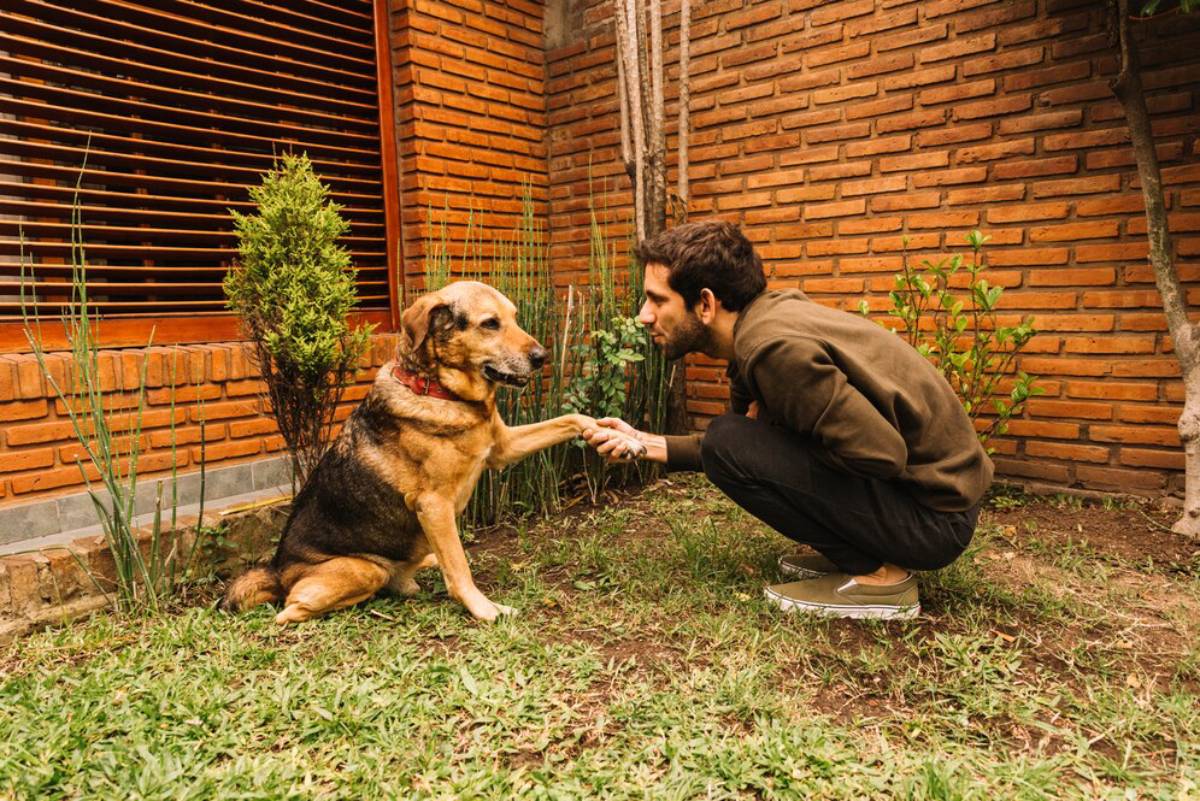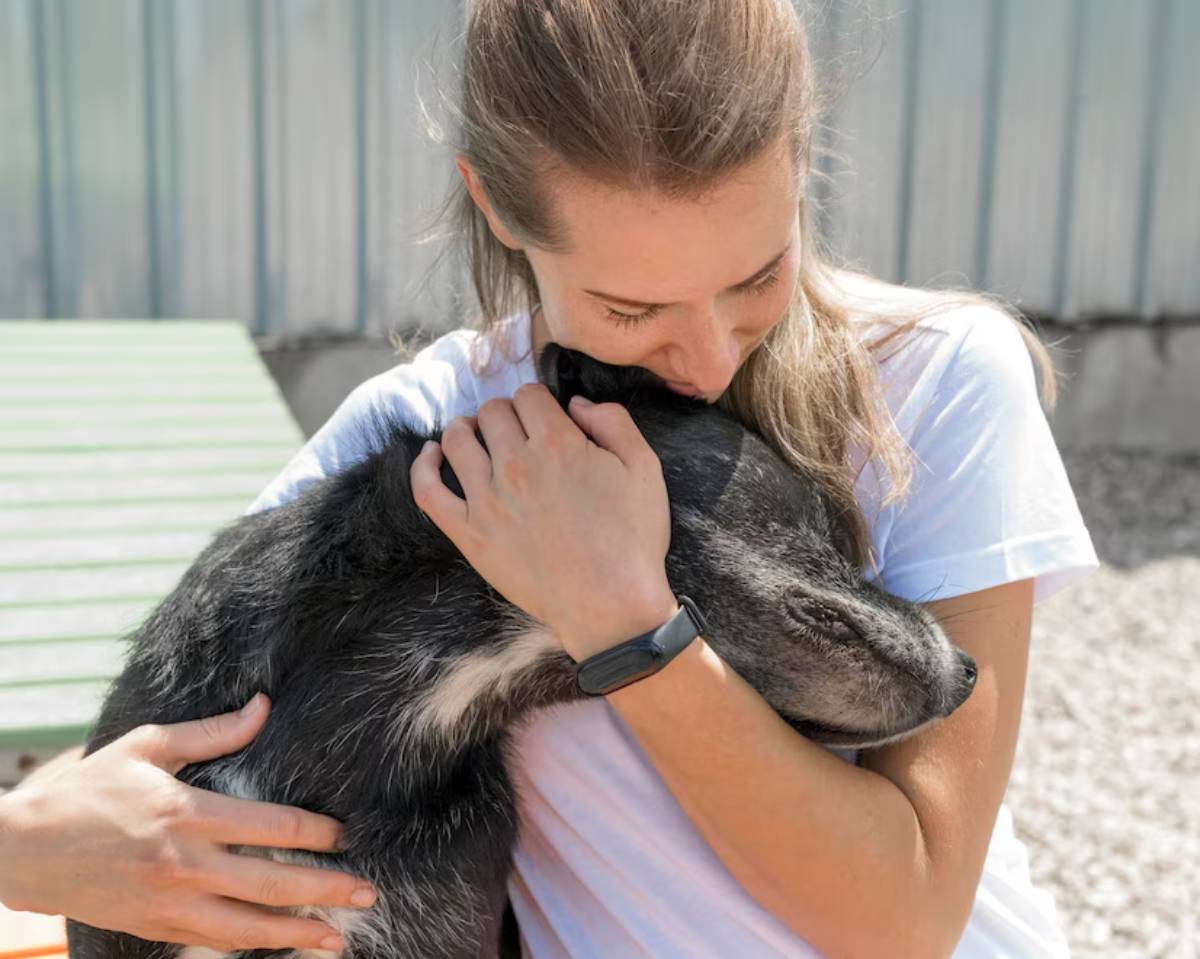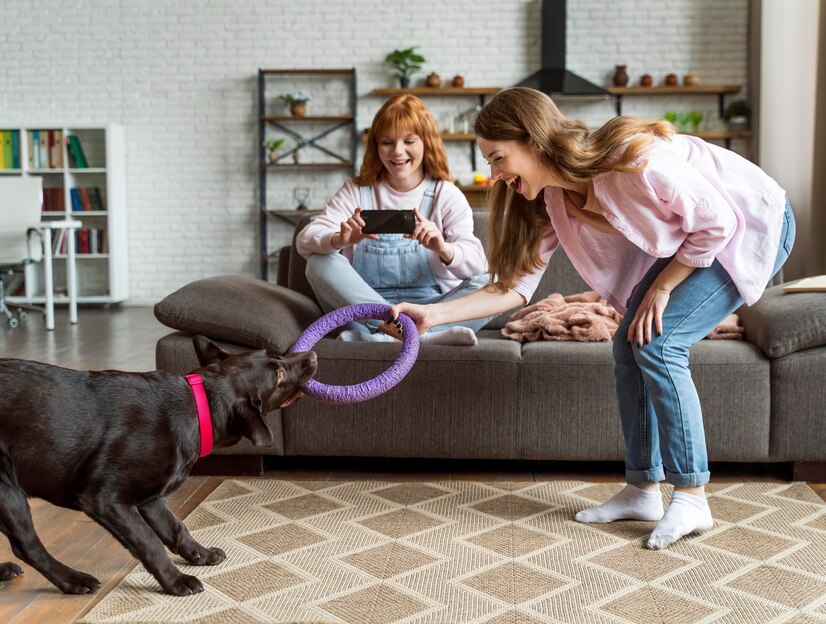
Post-Adoption Training Tips for Rescue Pets: Ensuring a Smooth Transition
So adopting a rescue pet is a nice thing to do. It makes a difference in the animal’s life and brings joy for their owners. The post-adoption phase is crucial, whether you have adopted a new dog or cat. This period is the foundation for your pet’s adjustment and emotional healing. To help smooth the transition in your new lives together, be educated on rescue pet psychology and consistent in training. This guide encompasses all the things you can do, with expert tips and general ideas to form a solid environment for your new fuzzy friend.
Why Post-Adoption Training Matters
Adopting a rescue pet is more than just paperwork. It starts a partnership needing care, patience, and structure. Training is vital for helping pets adapt and avoid long-term behaviour problems.
The Importance of Patience and Understanding
Rescue pets often have backgrounds of trauma or neglect. They may show anxiety, fear, or aggression. Recognising these behaviours as survival mechanisms is important.
For instance, a dog might growl when approached quickly. This doesn’t mean they are aggressive; it may stem from past harm. A rescue cat might hide for days, not out of rudeness, but fear. In these moments, patience is key. Give your pet space and use positive reinforcement to build trust.
Building a Strong Foundation
Training provides the structure that many rescue pets lack. Setting boundaries, routines, and rules gives pets predictability and security. For dogs, this might involve crate training and leash manners. For cats, it could mean litter training and helping them use scratching posts. A strong training foundation helps pets understand expectations, reducing confusion and anxiety.
Key Benefits of Rescue Pet Training
The long-term benefits of consistent training are significant. It improves behaviour and enriches your bond with your pet.

Enhancing Communication
Good communication is crucial for a healthy pet-owner bond. Training helps bridge the gap between you and your pet. When pets understand commands like “sit” or “stay,” they can interact safely. You’ll also better understand their body language and sounds. This mutual understanding deepens your connection and makes daily interactions more rewarding.
Promoting Safety and Well-Being
Training enhances safety. A well-trained dog that responds to recall is less likely to run into danger. Likewise, a cat that knows boundaries will avoid harmful situations. Training reduces accidents and injuries.
Also, training activities provide mental stimulation. A mentally engaged pet is a happier pet.
Encouraging Positive Behavior
Training helps correct unwanted behaviours while promoting positive ones. Rescue pets often display coping mechanisms like excessive barking or hiding. These behaviours usually indicate stress or unmet needs.
With training, you can guide these pets toward good habits. A dog that chews out of anxiety may benefit from chew-safe toys. A cat that scratches furniture can learn to use scratching posts with positive reinforcement.
Building Confidence
Many rescue animals struggle with confidence. Training offers positive feedback loops. When pets succeed and receive praise, they believe in themselves. This boosts their self-esteem, reducing anxiety and timid behaviours. Over time, you may see a formerly fearful pet explore their surroundings with curiosity.
Additional Expert Tips & Common Mistakes to Avoid
Each rescue pet is unique, and training isn’t one-size-fits-all. However, some principles and common mistakes apply to many pets.
Be Consistent
Consistency in commands and household rules is vital. If one family member allows the dog on the couch while another doesn’t, the pet gets mixed messages. This confusion can lead to setbacks. Create a shared list of commands and rules for everyone to follow.
Avoid Negative Reinforcement
Harsh punishments can harm your relationship with your pet. These methods may replicate past trauma, hindering trust. Instead, reward good behavior with treats or praise. Redirection and positive reinforcement are more effective.
Tailor Training to Individual Needs
Pets have unique learning styles. Some dogs respond to food, while others prefer toys or affection. Cats may react better to clicker training or verbal praise. Observe what motivates your pet and adjust your training accordingly. Flexibility makes training effective and enjoyable.
Allow for Adjustment Time
It’s natural to want your pet to love their new life right away. However, pets may need days, weeks, or even months to adjust. Avoid overwhelming them with new experiences. Establish a predictable routine with feeding, walks, and play to provide reassurance.
Advanced Insights and Expert Recommendations
As your pet grows more comfortable, you can incorporate advanced techniques and enrichment strategies to enhance their training.
Engage in Enrichment Activities
Mental and physical stimulation is crucial for rescue animals. Enrichment activities keep their minds active and reduce boredom-related behaviours.
- For Dogs: Use puzzle feeders, treat-dispensing toys, agility courses, or scent-tracking games.
- For Cats: Provide vertical spaces, interactive toys, or window perches for safe stimulation.

Seek Professional Guidance
Some rescue pets may show difficult behaviors. Aggression or severe anxiety might need professional help. Certified trainers or behaviourists can offer tailored strategies to address specific challenges.
Foster Socialization
Many rescue pets need socialisation with people and animals. Start slowly by introducing them to calm dogs or friendly visitors. Use treats and praise to create positive experiences. For cats, invite gentle guests to interact and reward calm behaviour.
Embracing the Journey of Rescue Pet Training
The post-adoption phase is transformative for you and your pet. Training isn’t just about commands; it’s about healing, trust, and companionship. By investing in your pet’s training, you help them thrive in a loving home.
All rescue animals have a history, usually with a struggle. United again, you can pen their next chapter with compassion and care, as their new guardian. It’s a bumpy road but one with rich rewards. You’ll see fear become trust and reluctance become joy.
Reward the little wins — each time they obey a command, every time they stay calm, every wagging tail or purr is a achievement. Be consistent, be kind, and remember, your hard work creates a better life for your pet.
If you’re considering adopting a rescue pet, prepare for a hug and a purpose. If you have already adopted, remember that your training vigilance helps. Enjoy the experience, ask for help when needed, and never forget the healing powers of love and patience.
What action will you take today to strengthen your connection with your rescue pet?


